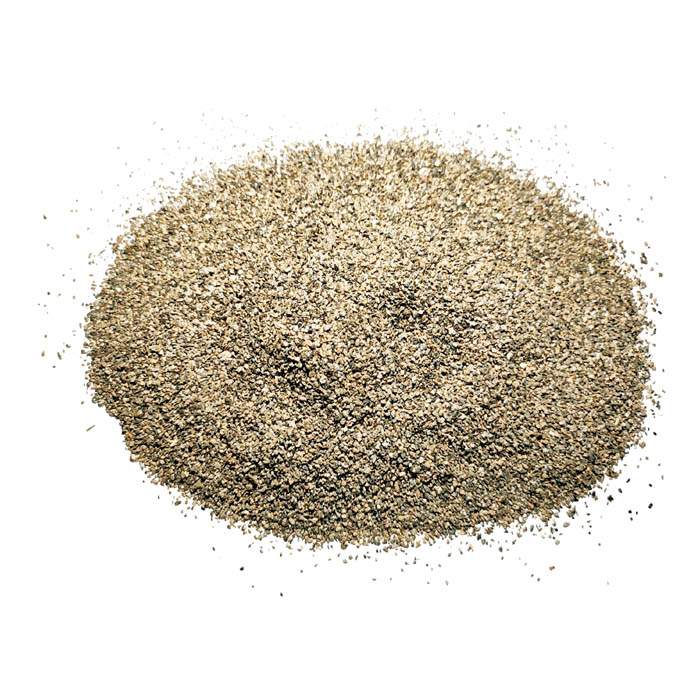Nov . 17, 2024 05:21 Back to list
high quality gcr15
Understanding GCR15 The High-Quality Steel for Precision Engineering
In the realm of materials science and engineering, the choice of steel can significantly affect the performance and longevity of mechanical components. One such renowned steel grade is GCR15, often referred to for its exceptional qualities that make it a staple in the manufacturing industry. This article delves into the attributes of GCR15, its applications, and the reasons behind its reputation as high-quality steel.
What is GCR15?
GCR15 is an alloy steel that primarily consists of carbon, chromium, and a small percentage of manganese. Its chemical composition typically includes around 0.95% to 1.05% carbon and 1.40% to 1.65% chromium. The presence of chromium is what classifies GCR15 as a “high-carbon chromium steel.” This alloying element enhances its strength and wear resistance, making it suitable for a variety of demanding applications.
Key Properties of GCR15
1. High Hardness One of the most notable features of GCR15 is its ability to achieve high hardness levels after heat treatment. The tempering process significantly increases its wear resistance, enabling it to withstand conditions that would typically degrade lesser steels.
2. Good Toughness Along with its hardness, GCR15 exhibits commendable toughness, which ensures that components can endure mechanical stresses without fracturing. This balance between hardness and toughness is crucial for applications where both properties are required.
3. Excellent Wear Resistance GCR15’s wear resistance is attributed to its microstructure, which allows it to maintain its surface integrity even in abrasive environments. This makes it an ideal candidate for components that experience significant friction or contact with abrasive materials.
4. Dimensional Stability When subjected to heat treatment, GCR15 steel retains its dimensional stability, which is critical in precision engineering. This characteristic ensures that parts maintain their specifications over prolonged use.
high quality gcr15

5. Machinability Although it is a high-carbon steel, GCR15 still offers relatively good machinability, making it easier for manufacturers to fabricate intricate parts. Its machinability can be further enhanced through proper cutting tool selection and machining conditions.
Applications of GCR15
Due to its impressive mechanical properties, GCR15 is widely used in a range of applications, particularly in industries that demand high performance and reliability. Some of the common applications include
- Rolling Bearings GCR15 is extensively used in the production of rolling bearings due to its high wear resistance and load-bearing capacity. Bearings made from this steel can operate effectively under high speeds and loads.
- Gear Components The combination of strength and toughness in GCR15 makes it suitable for applications in gears. Whether in automotive transmissions or industrial machinery, GCR15 components can endure the operational stresses imposed by gear engagement.
- Cutting Tools In manufacturing, cutting tools made from GCR15 exhibit prolonged service life thanks to their hardness and wear resistance. These tools are essential for accurate machining operations.
- High-Precision Instruments Instruments and components that require precision and durability often utilize GCR15. The material’s stability under various operating conditions ensures reliable performance in critical applications.
Conclusion
In summary, GCR15 represents a high-quality steel option for various engineering applications. Its unique combination of hardness, toughness, wear resistance, and dimensional stability makes it an indispensable material in the manufacturing sector. As industries continue to evolve and demand more robust materials, GCR15 will likely remain a preferred choice for engineers and manufacturers looking for reliability and performance in their components. The ongoing refinement of processing techniques and heat treatments will only enhance its properties, ensuring that GCR15 maintains its status as a high-quality steel in an ever-competitive market.
-
Eco-Friendly Granule Covering Agent | Dust & Caking Control
NewsAug.06,2025
-
Fe-C Composite Pellets for BOF: High-Efficiency & Cost-Saving
NewsAug.05,2025
-
Premium Tundish Covering Agents Exporters | High Purity
NewsAug.04,2025
-
Fe-C Composite Pellets for BOF | Efficient & Economical
NewsAug.03,2025
-
Top Tundish Covering Agent Exporters | Premium Quality Solutions
NewsAug.02,2025
-
First Bauxite Exporters | AI-Optimized Supply
NewsAug.01,2025
